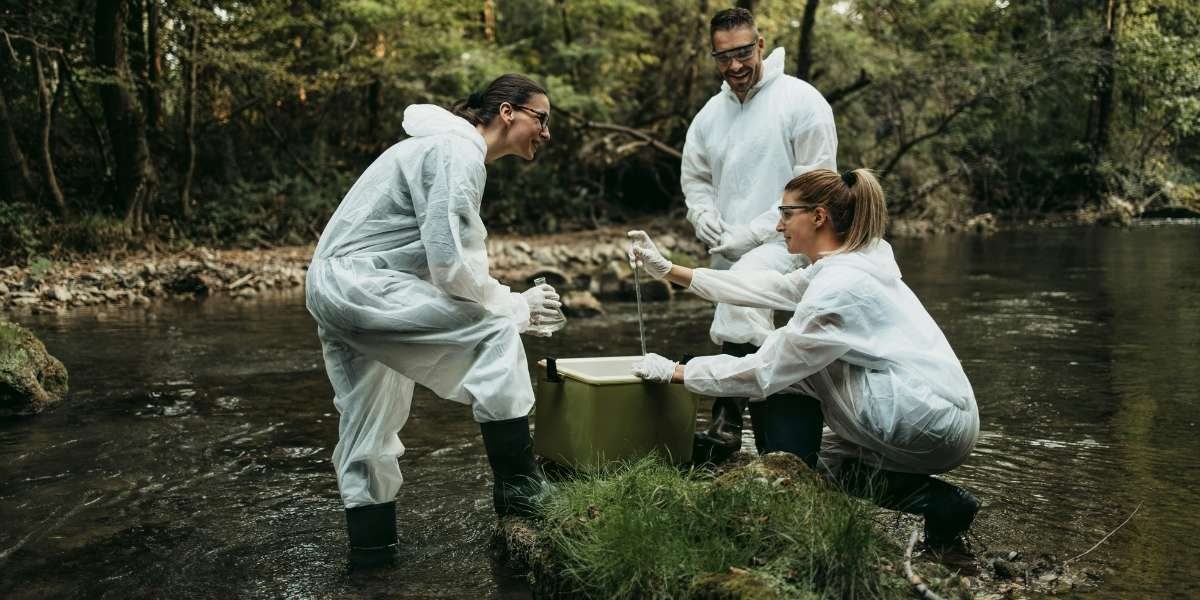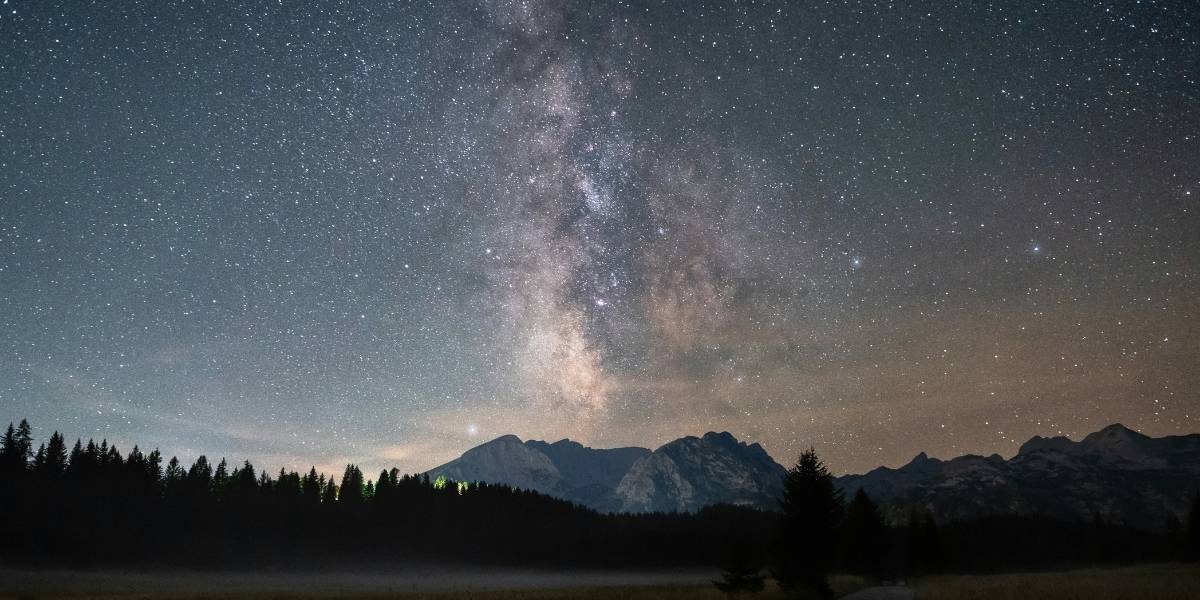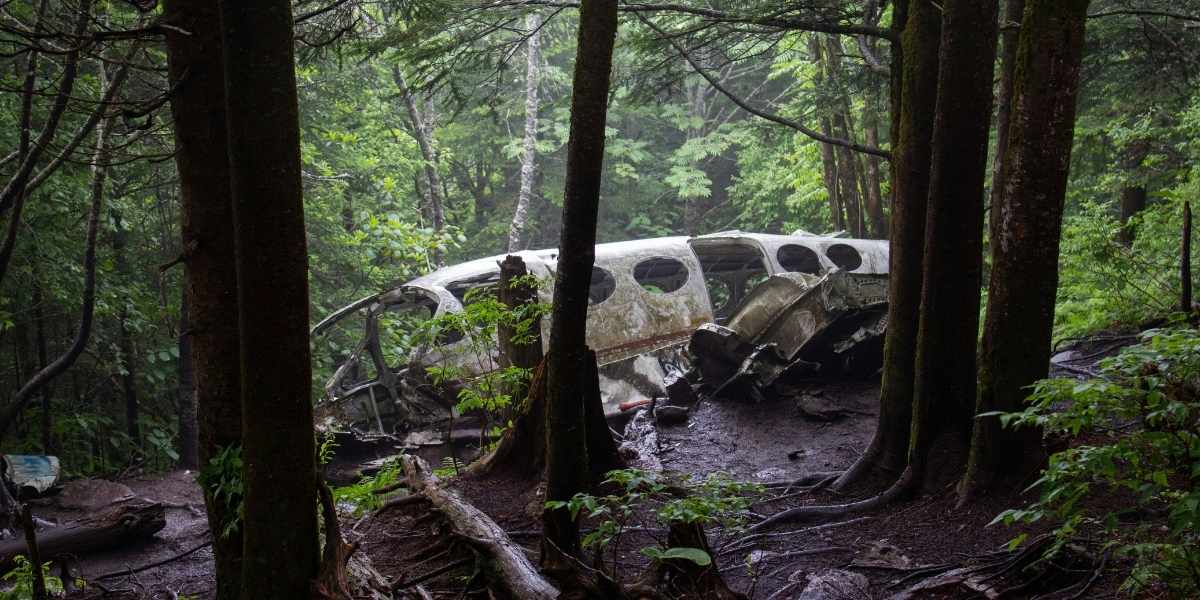Water is a fundamental resource, essential for all life on Earth. While our planet is covered by vast oceans, only a small fraction of this water is fresh and accessible for human use. The misconception that water is an infinite resource has long influenced human behavior, but today, the reality of dwindling freshwater supplies is undeniable. Factors such as a growing global population, changing climate patterns, and increased pollution are placing unprecedented strain on this vital resource. Because of these challenges, water conservation is no longer just a good practice; it has become an urgent necessity to ensure the well-being of both human societies and natural ecosystems.
Read Also: How Food Waste Reduction Drives Sustainability
What is Driving the Current Water Crisis?
The urgency surrounding water conservation stems from a convergence of global factors. First, the sheer scale of global population growth means more people require water for drinking, sanitation, agriculture, and industry. The world’s population has more than doubled in the last 70 years, and with it, the demand for water has surged. This increased demand often depletes groundwater faster than it can be replenished. Groundwater, one of the largest freshwater resources on Earth, is being over-extracted in many regions, leading to falling water tables and the drying up of interconnected lakes, rivers, and streams.
Second, climate change significantly exacerbates water scarcity and related hazards. Rising global temperatures alter precipitation patterns, leading to more frequent and severe droughts in some regions, while others experience increased flooding. Warmer temperatures also increase evaporation rates from reservoirs and soil, further reducing available water supplies. Glaciers and snowpacks, which act as natural freshwater reservoirs, are melting at alarming rates, threatening water supplies for vast populations downstream. These shifts make water availability less predictable, creating challenges for agriculture, energy generation, and urban water supply systems.
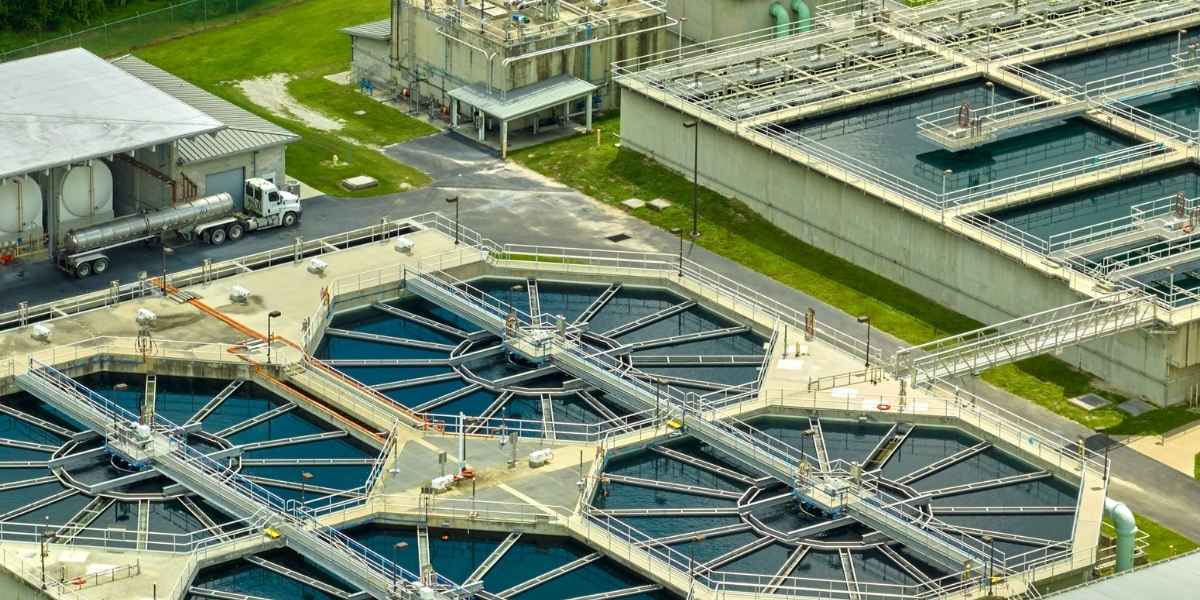
Photo Credit: Unsplash.com
Third, pollution contaminates existing freshwater sources, rendering them unusable. Industrial discharge, agricultural runoff containing pesticides and fertilizers, and untreated wastewater often pollute rivers, lakes, and even groundwater. More than 80% of wastewater is released into the environment without proper treatment globally. This pollution not only makes water unsafe for human consumption but also devastates aquatic ecosystems. Even in areas with seemingly abundant water, the quality of that water can be so compromised that it is unsuitable for use, effectively reducing the available supply of clean water.
How Does Water Scarcity Impact Human Health and Society?
The consequences of water scarcity for human populations are profound and far-reaching. The most direct impact is on health. Without access to safe drinking water, communities are highly susceptible to waterborne diseases like cholera, typhoid, and dysentery. The World Health Organization estimates that inadequate water, sanitation, and hygiene services cause millions of illnesses and over a million deaths each year, particularly among children under five. For instance, in many developing nations, women and girls spend an estimated 250 million hours daily collecting water, often walking long distances to fetch unsafe sources. This burden not only impacts their health but also limits their educational and economic opportunities, perpetuating cycles of poverty.
Water scarcity also poses a direct threat to food security. Agriculture is the largest consumer of freshwater globally, accounting for about 70% of all water withdrawals. When water becomes scarce, crop yields suffer, leading to food shortages and rising prices. This can trigger malnutrition and widespread hunger, particularly in vulnerable regions. The lack of reliable water also affects livestock, a crucial source of income and nutrition for many families. Beyond basic needs, water scarcity can impact economic development, as industries like manufacturing and energy production are highly water-intensive. Reduced water availability can lead to industrial interruptions, energy outages, and job losses, hindering economic growth and exacerbating poverty. The World Bank predicts that by 2050, water scarcity could cost some regions up to 6% of their GDP.
What Are the Environmental Consequences of Water Shortages?
The natural world also suffers immensely from water scarcity, threatening delicate ecosystems and biodiversity. Rivers, lakes, and aquifers are drying up at an alarming rate, drastically altering or destroying the habitats of countless plant and animal species. Wetlands, some of the most biodiverse habitats on the planet, are particularly vulnerable; over half of the world’s wetlands have disappeared since 1900. These vital ecosystems not only support a vast array of life but also play crucial roles in water purification and flood control.
As water sources dwindle, natural landscapes lose their ability to sustain life. Fish populations decline, migratory bird patterns are disrupted, and terrestrial animals face increased competition for scarce water. For instance, the drastic shrinkage of the Aral Sea in Central Asia, once the world’s fourth-largest freshwater lake, serves as a stark reminder of the devastating ecological consequences of unsustainable water use. Furthermore, groundwater depletion can lead to land subsidence, where the ground sinks due to the removal of underground water, causing damage to infrastructure and ecosystems. In coastal regions, over-pumping groundwater can lead to saltwater intrusion, contaminating freshwater aquifers and making them unusable for agriculture or drinking. The degradation of these natural water systems undermines their ability to provide essential services to humanity, creating a dangerous feedback loop where environmental decline further exacerbates water scarcity.
How Can We Address the Urgency Through Water Conservation?
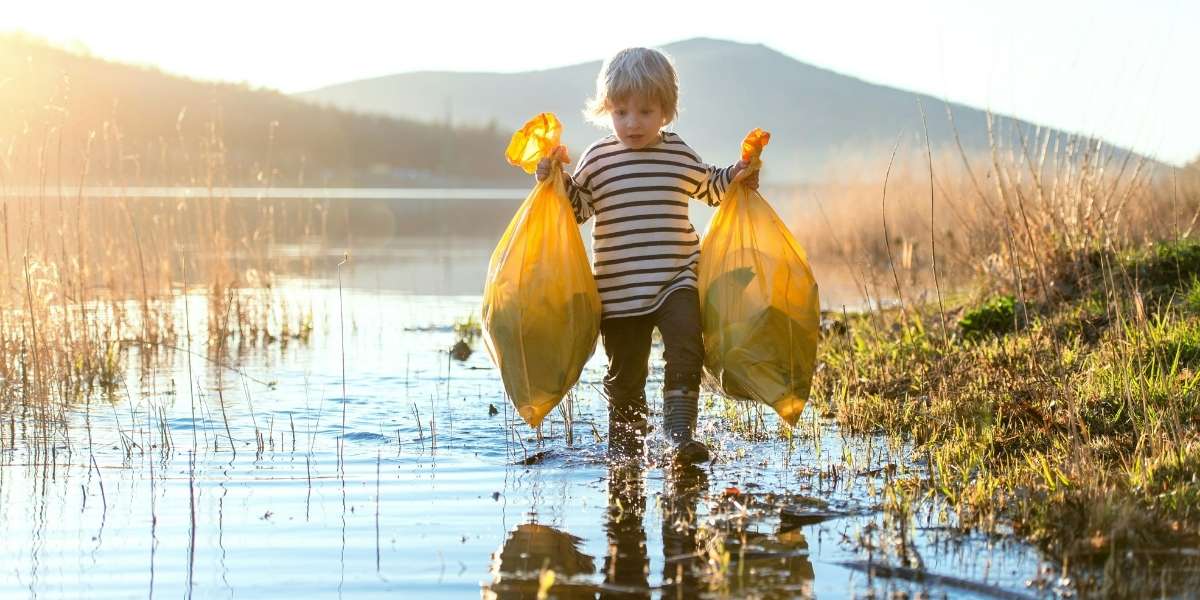
Photo Credit: Unsplash.com
Addressing the urgent need for water conservation requires a multi-faceted approach involving individuals, communities, industries, and governments. At the household level, simple changes can make a significant difference. Repairing leaky faucets, installing water-efficient appliances and low-flow showerheads, and practicing mindful habits like turning off the tap while brushing teeth can conserve thousands of gallons annually. For outdoor use, watering plants during cooler parts of the day to reduce evaporation, using drip irrigation, and choosing drought-resistant landscaping are effective strategies.
On a larger scale, technological advancements and policy changes are crucial. Improving agricultural irrigation efficiency, such as switching from flood irrigation to drip irrigation or hydroponics, can significantly reduce water waste. Industries can implement water recycling and reuse programs, minimizing their freshwater footprint. Governments can invest in sustainable water infrastructure, including wastewater treatment plants that produce reclaimed water suitable for non-potable uses, and smart metering systems to identify and localize water leakage in urban networks. Protecting and restoring natural water bodies and ecosystems, like wetlands and forests, also plays a critical role in enhancing water quality and supply.
Read Also: Can Desalination Solve Global Water Scarcity?
Public awareness campaigns are essential to educate people about the finite nature of freshwater and the importance of conservation. Encouraging a shift towards more water-saving food production methods and considering the “water footprint” of consumer goods can also contribute to a more sustainable future. While the challenges are significant, collective and concerted efforts in water conservation offer hope for ensuring a secure and sustainable water supply for current and future generations. The urgency is clear, and the actions taken today will determine the availability of this precious resource tomorrow.



